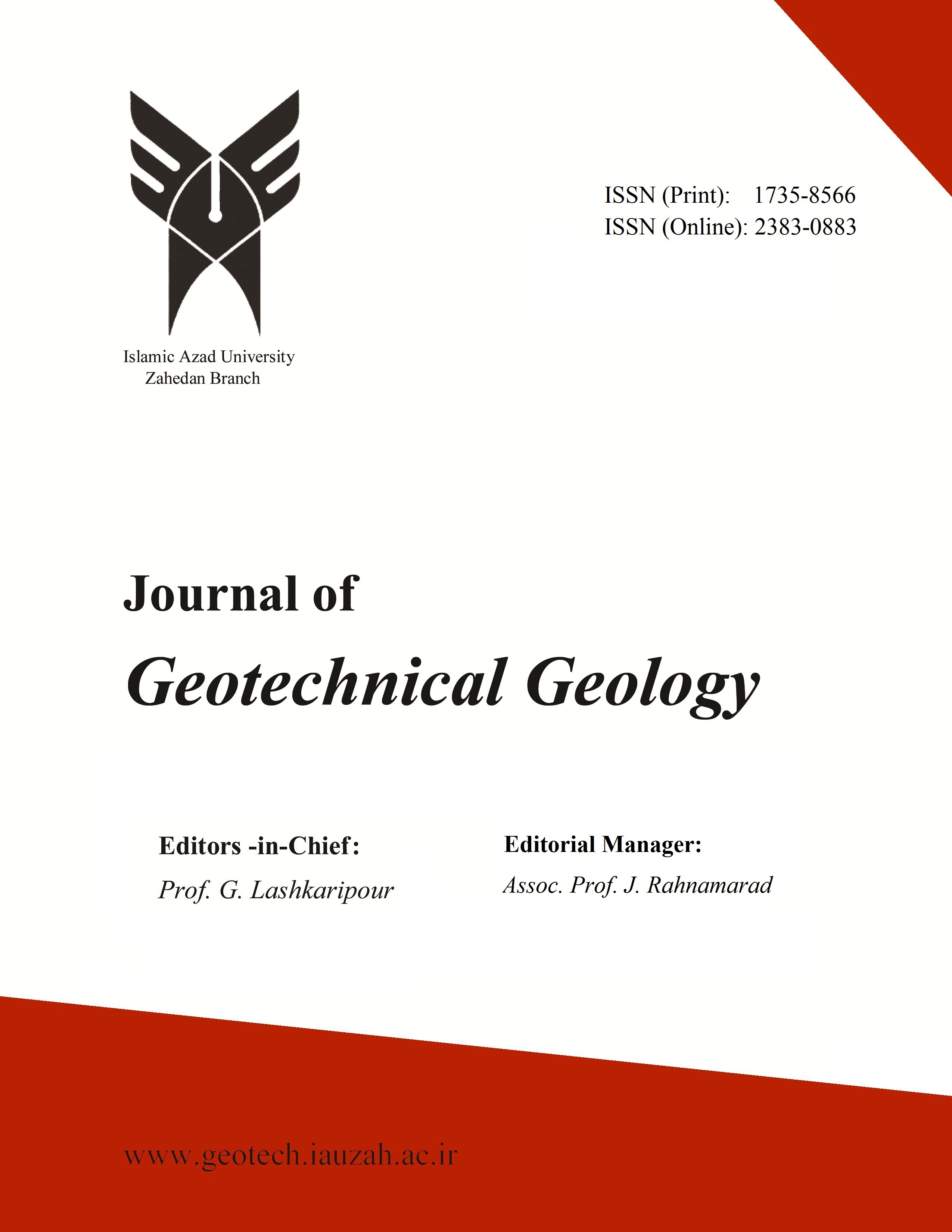
Journal of Geotechnical Geology
Yazarlar: علی اکبر متکان, Hamidreza Naseri, Zohreh Ostadhashemi
Konular:-
Anahtar Kelimeler:Groundwater vulnerability,DRASTIC,DAS model,Hamedan-Bahar plain,Analytical hierarchy process
Özet: The assessment of groundwater vulnerability to nitrate pollution in Hamedan-Bahar plain, west of Iran, has been conducted through modifying weights of DRASTIC parameters via the use of simple statistical methods. Also the weights of parameters were assigned based on Analytical Hierarchy Process (AHP) under a Geographical Information System (GIS) environment. In addition to usual ratings of DRASTIC method, the present research has also used a fuzzy method for scaling criterion maps as well as their preparations for integration. Further, Spearman's rho coefficient and Kendall's tau coefficient have been employed in order to determine suitable weight in the DRASTIC model from the correlation between nitrate concentrations and DRASTIC parameters. As a matter of fact, it was distinguished that soil media, aquifer media and depth to groundwater with the weights of 5, 4, and 3.5, respectively indicate the highest correlation with the nitrate concentrations. Thus the new equation named as DAS (D: Depth to groundwater, A: Aquifer media, S: Soil media) was substituted with DRASTIC for assessment of groundwater vulnerability in Hamedan-Bahar plain. On the basis of the weights resulted from AHP method, both the deterministic and fuzzy layers of DRASTIC are integrated with each other, separately. After determining the correlation coefficients in different models, it is found that the DAS model with deterministic rating layers has the highest correlation about 70 percent with nitrate concentrations. For preparing pollution risk map, land use was considered as an additional parameter. The correlation coefficient between nitrate concentrations and pollution risk reached to 78 percent, using this paremeter. The risk map shows that 5% of study area is completely risky while 10%, 29.95%, 26%, 21.3%, 9%, 7% of it has very high, high, high to moderate, moderate to low, low, and the least pollution risk, respectively. Only 0.75% of study area is without any pollution risk.